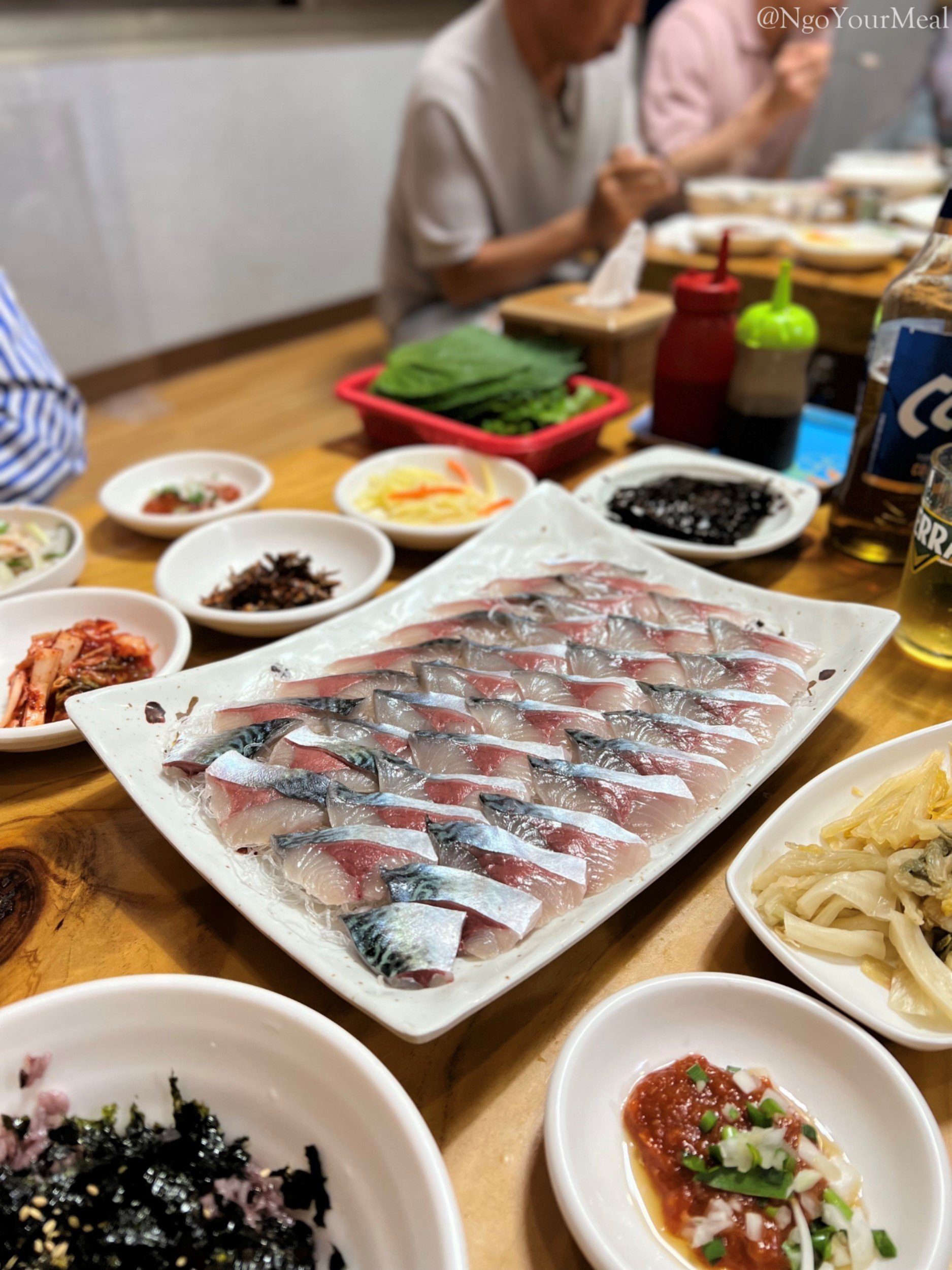Jaridom Hwetjip (자리돔횟집): A Local Favorite for Korean Mackerel
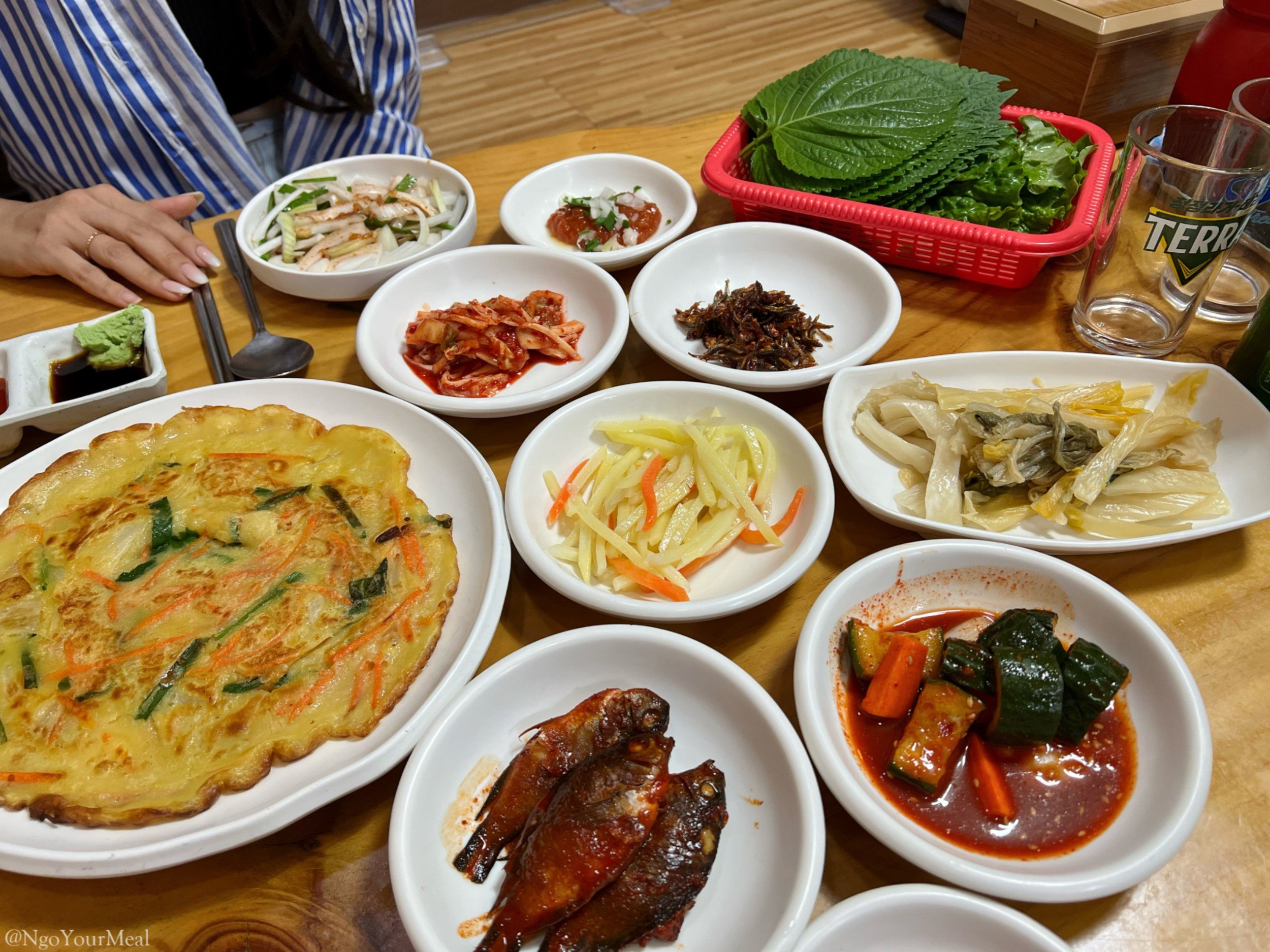

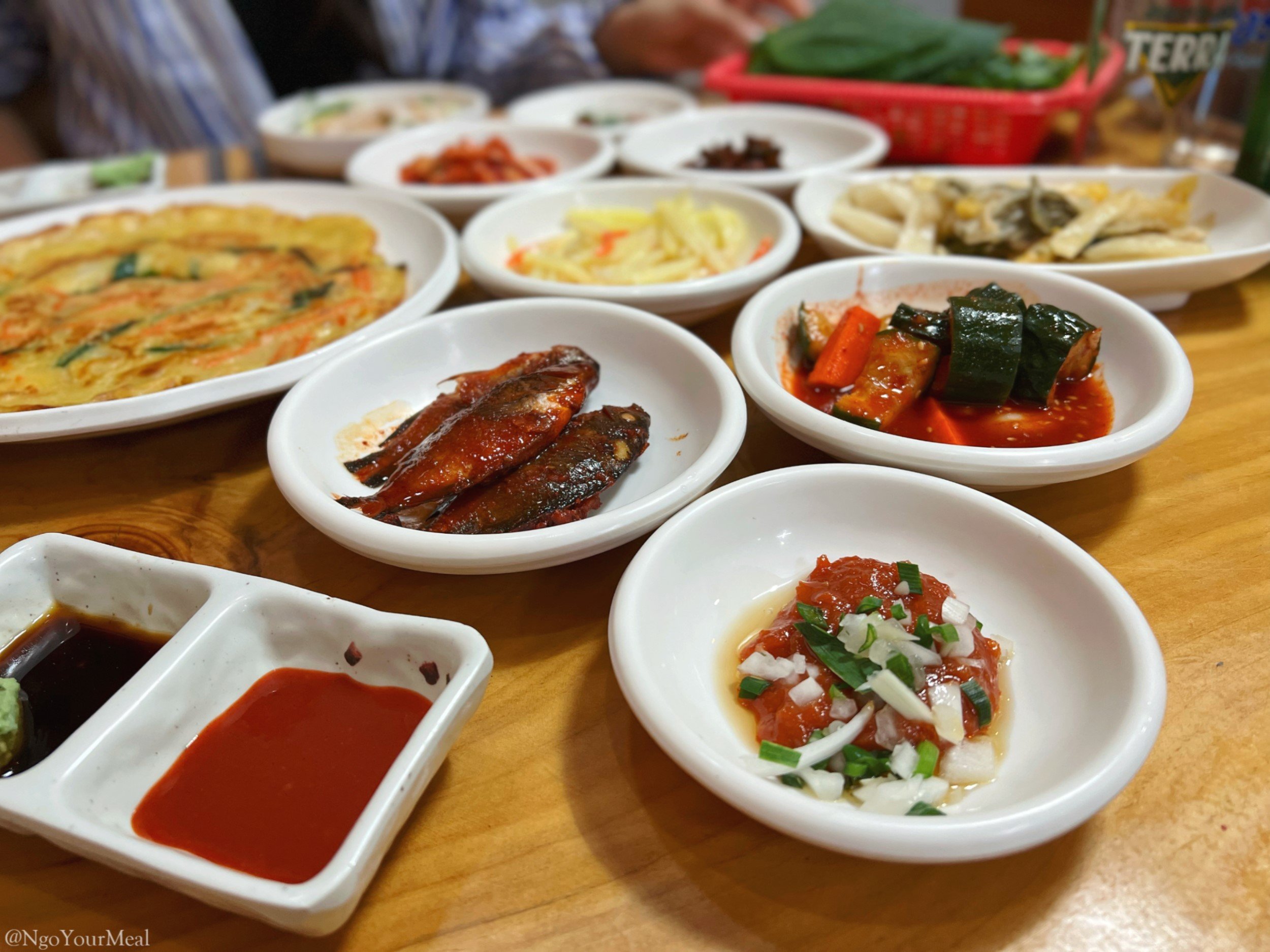

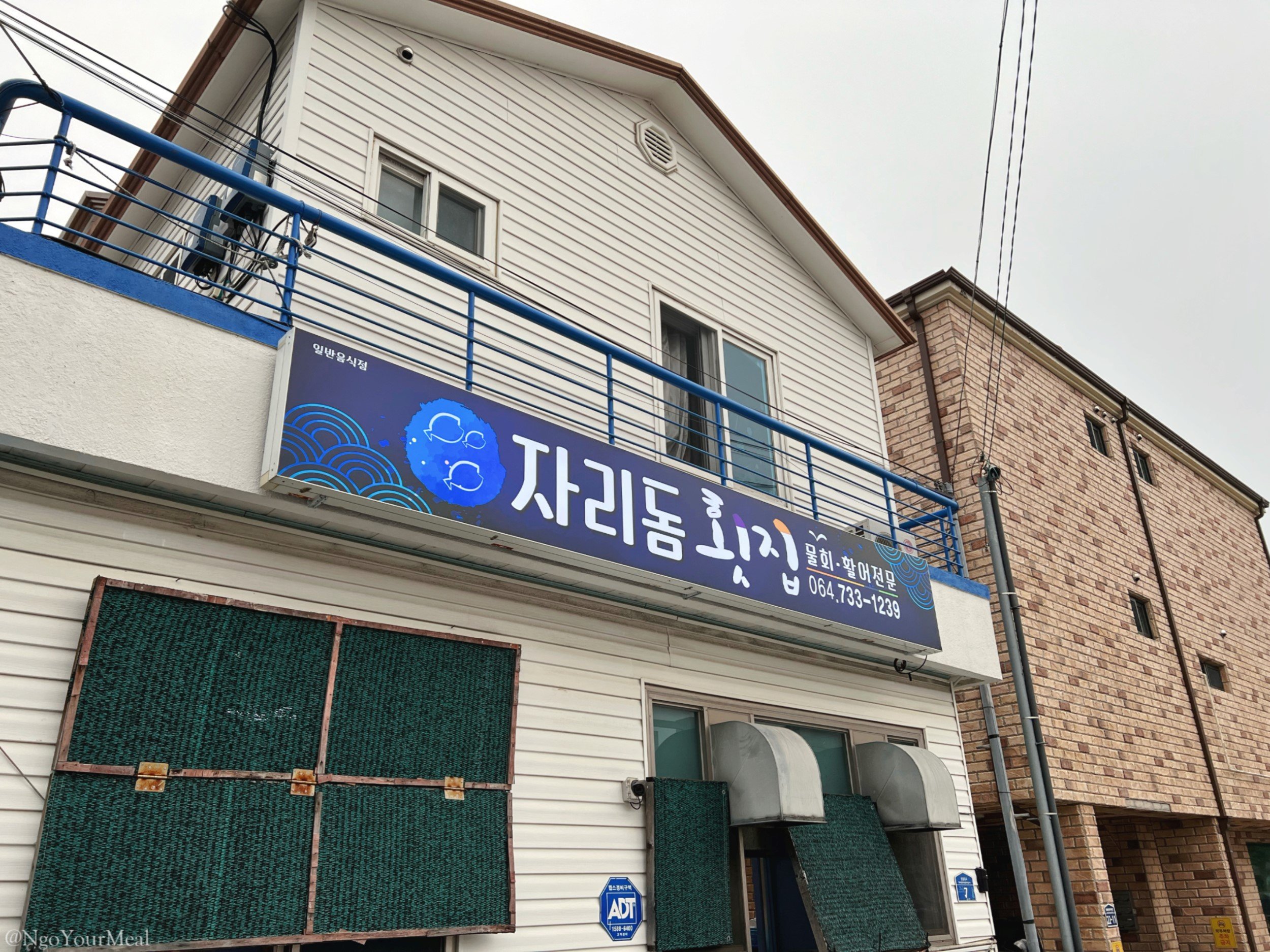
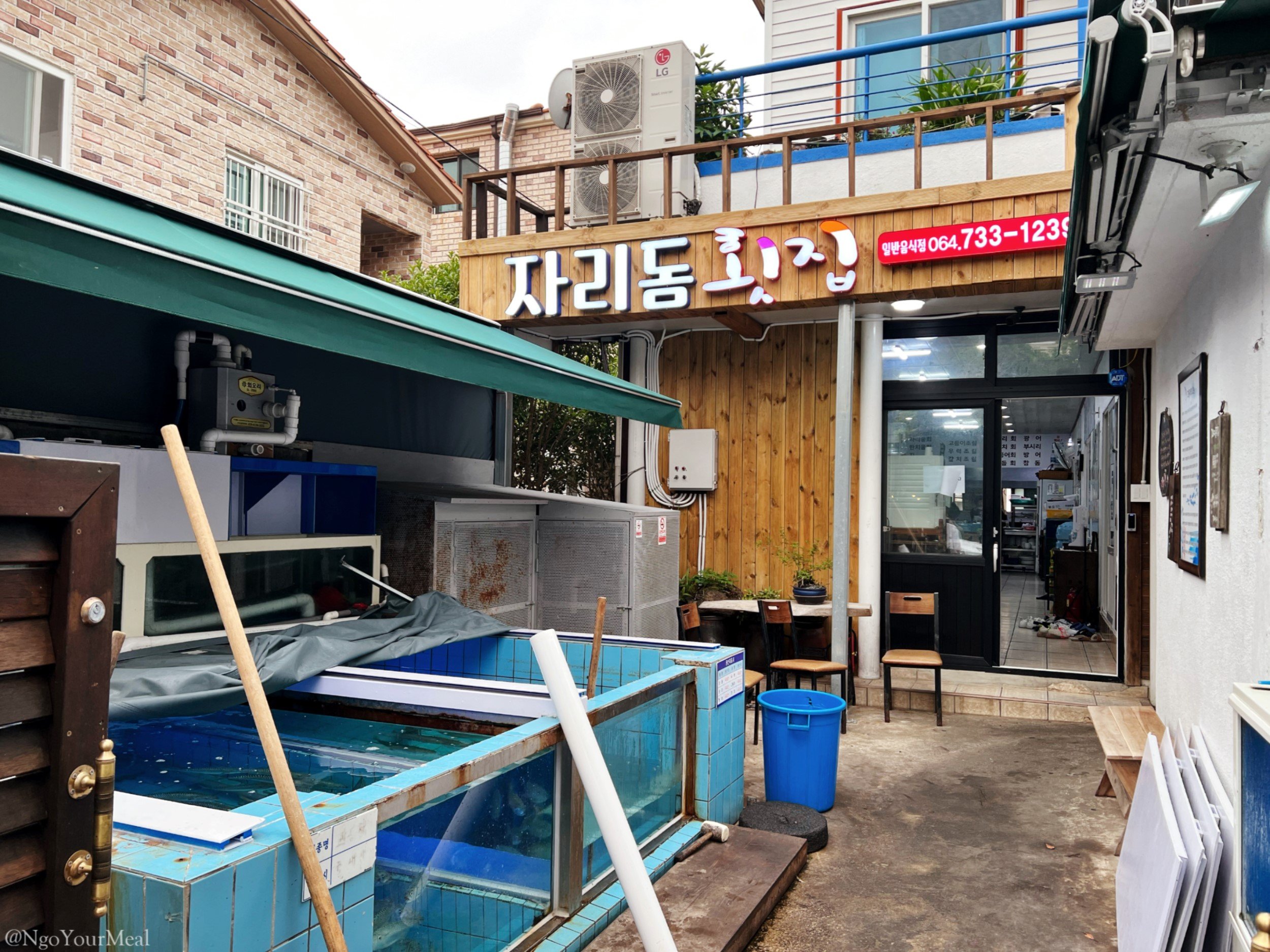
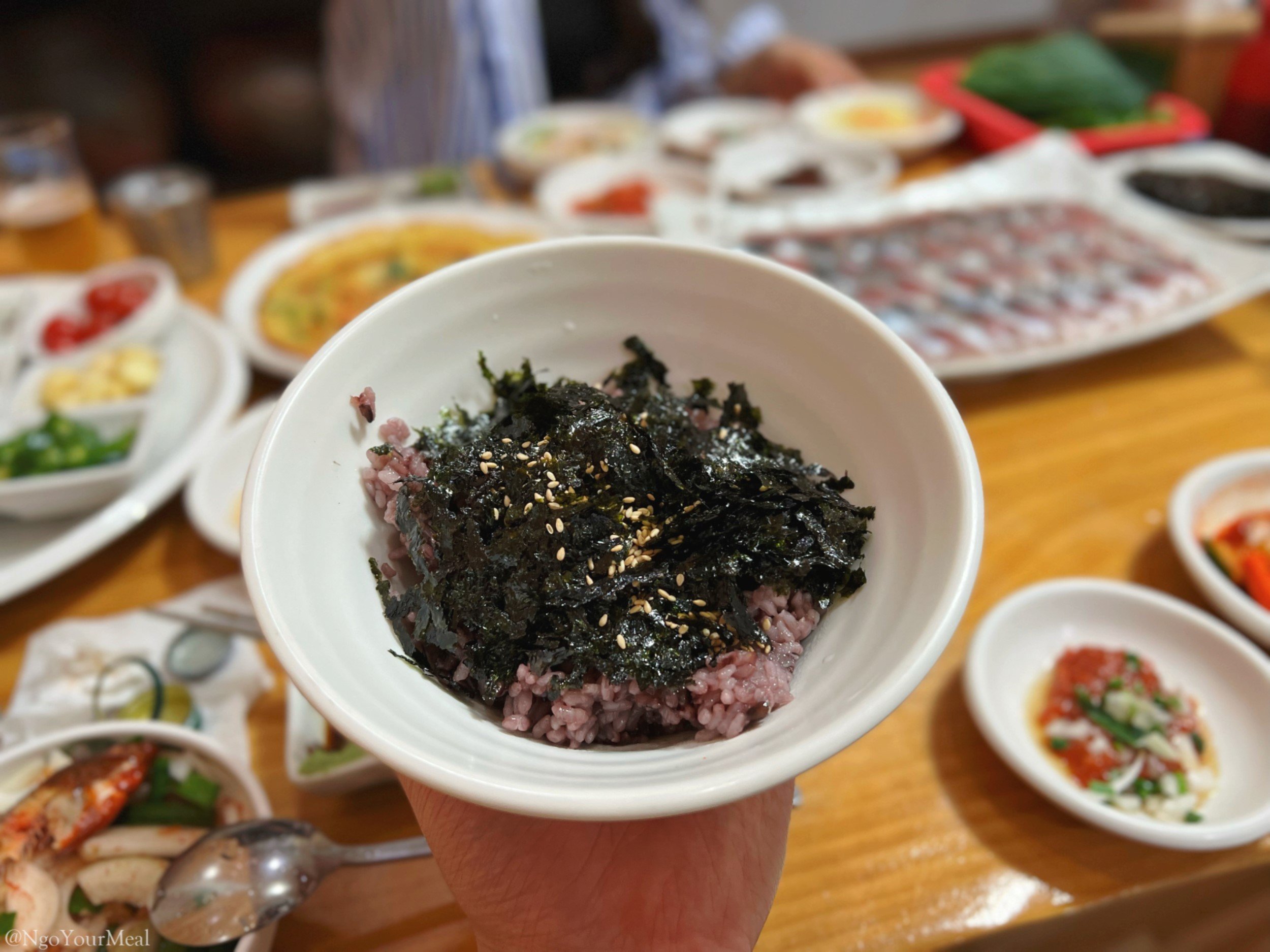
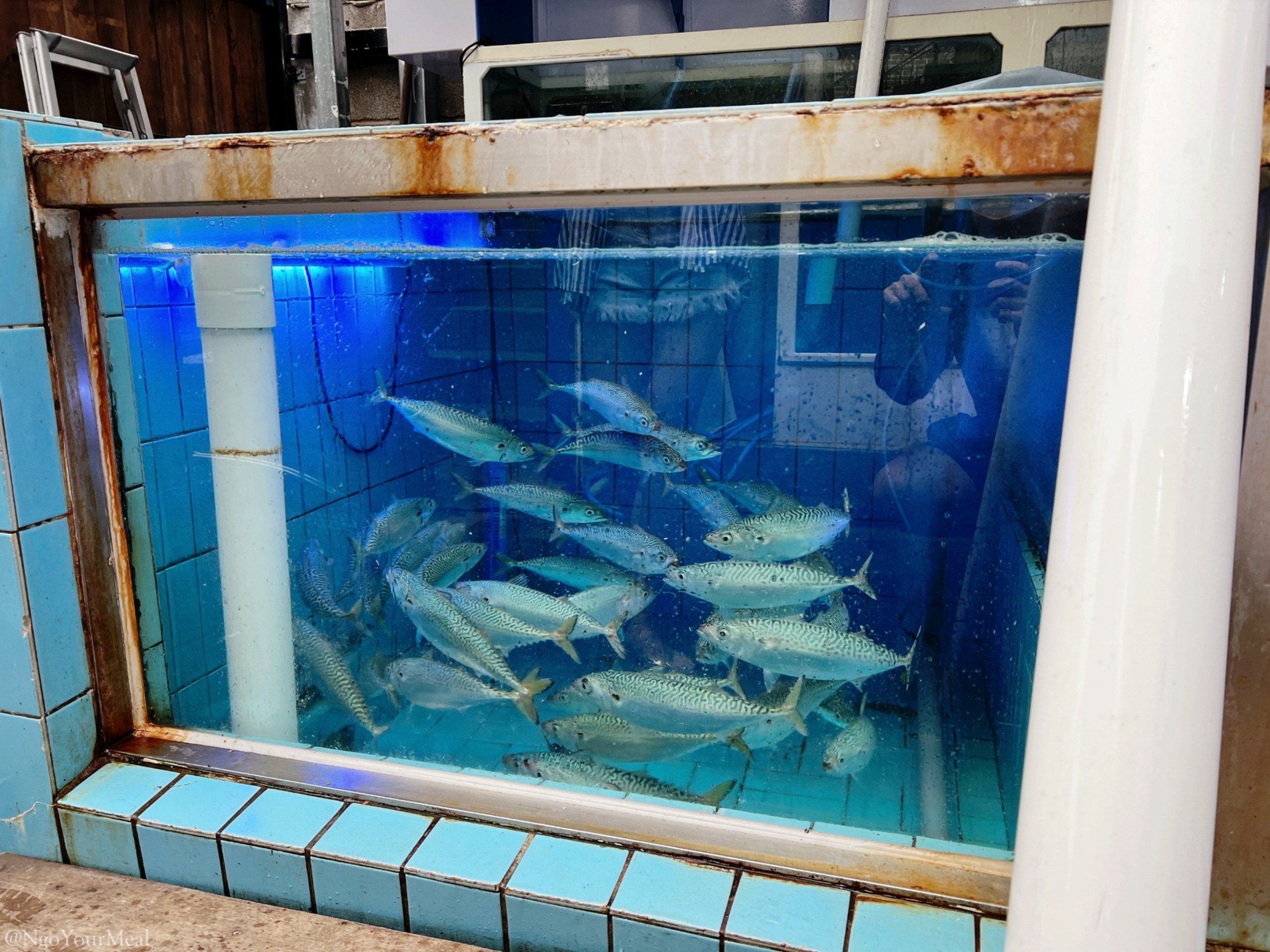
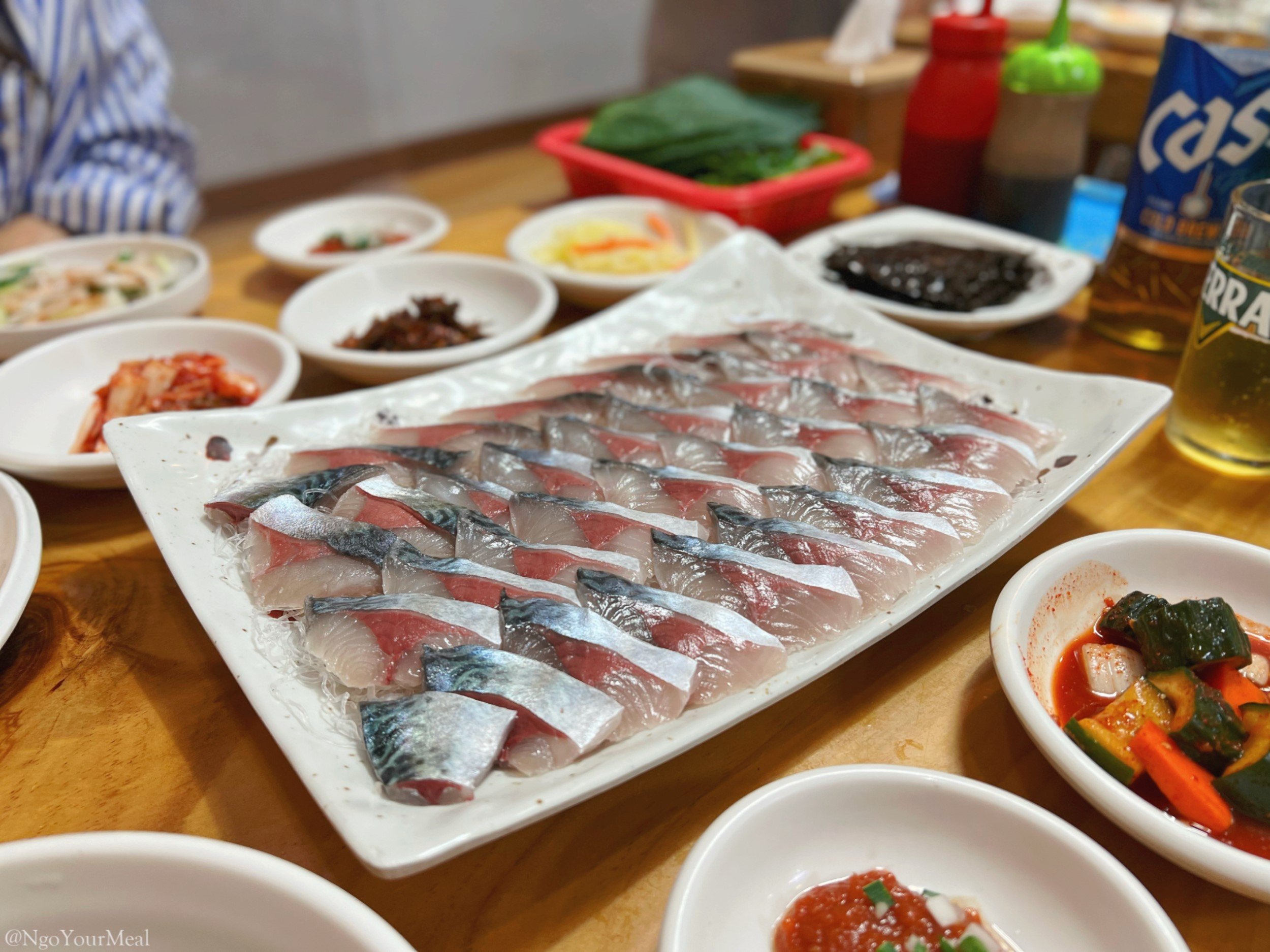
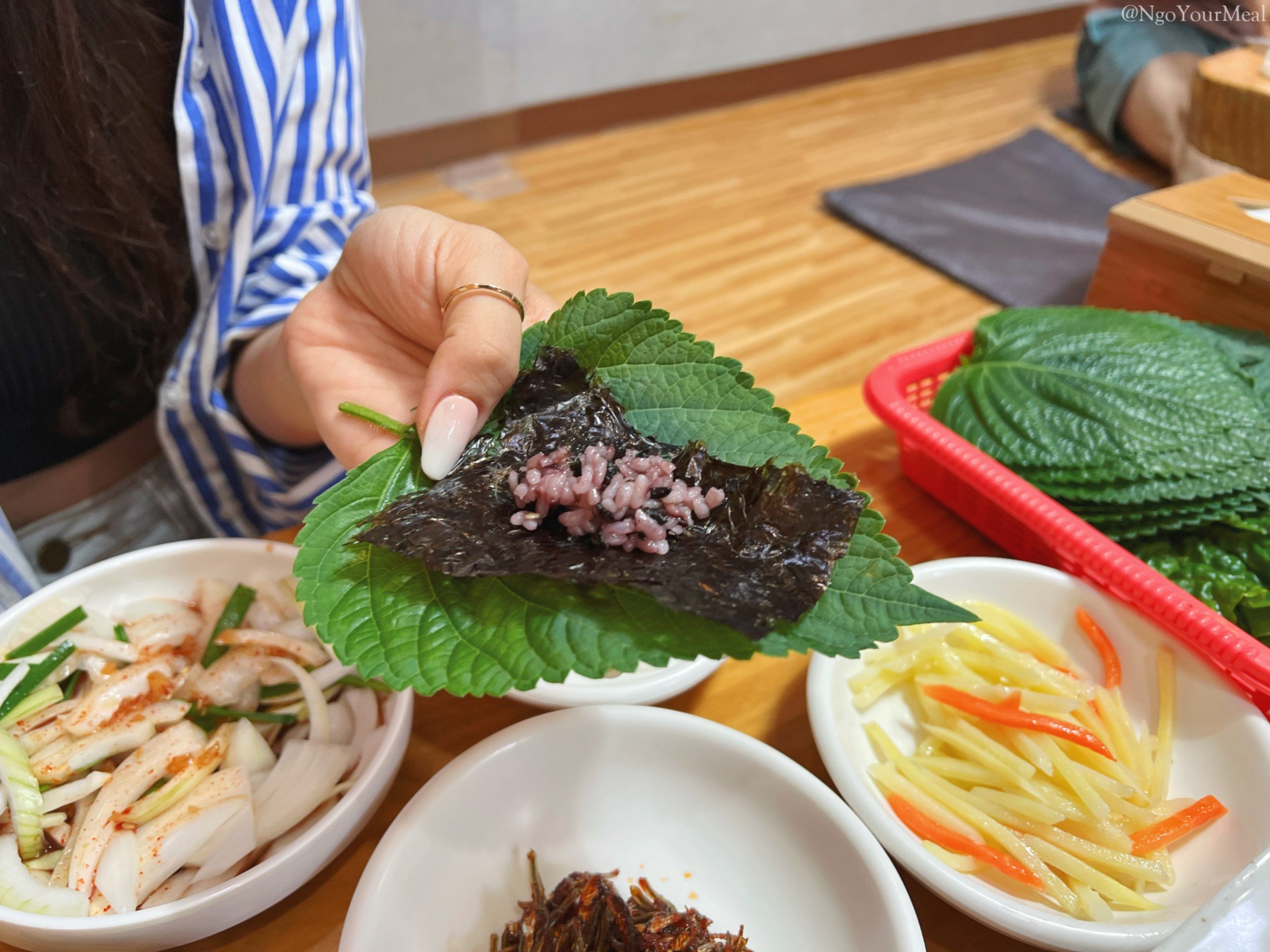
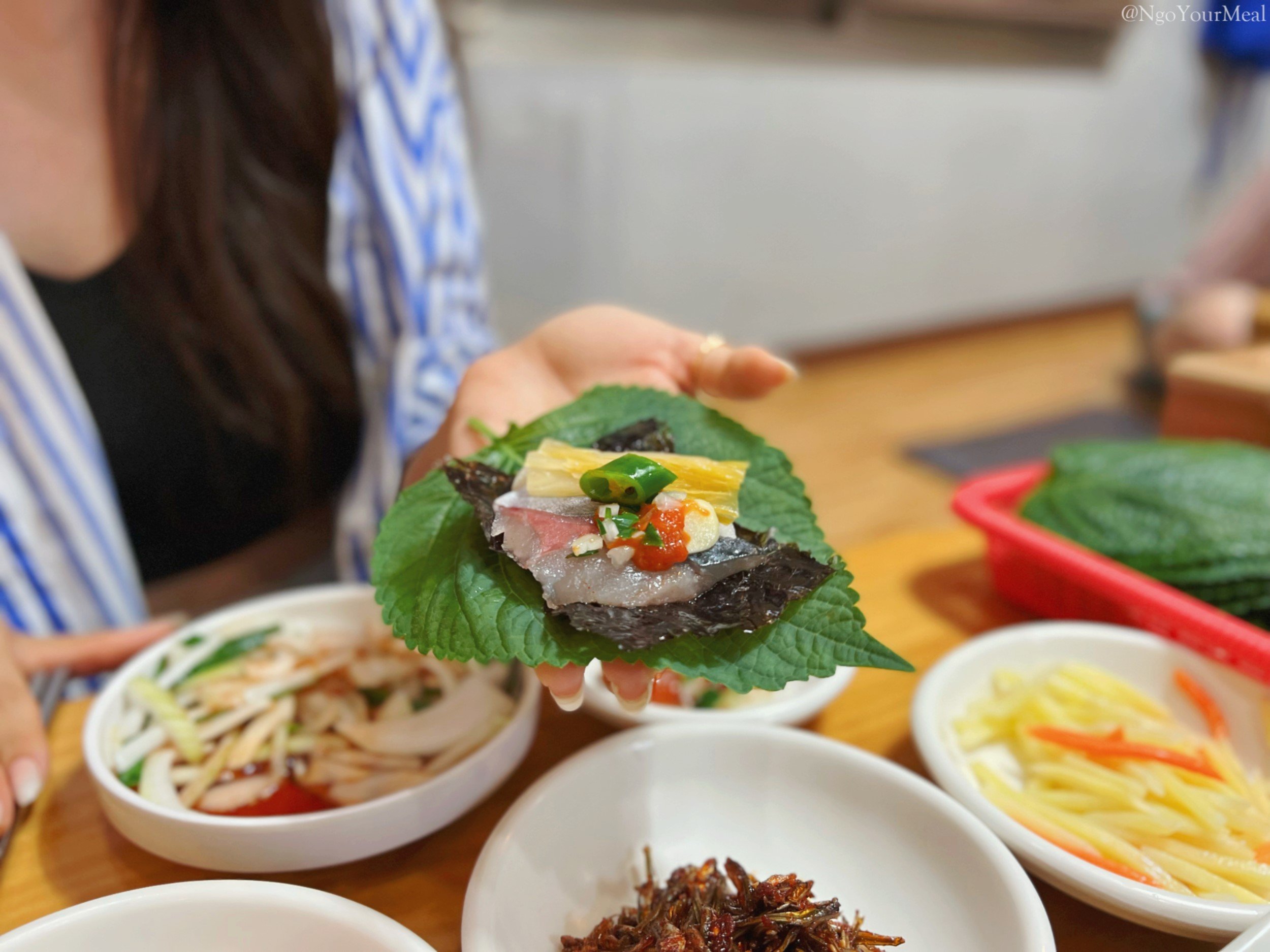
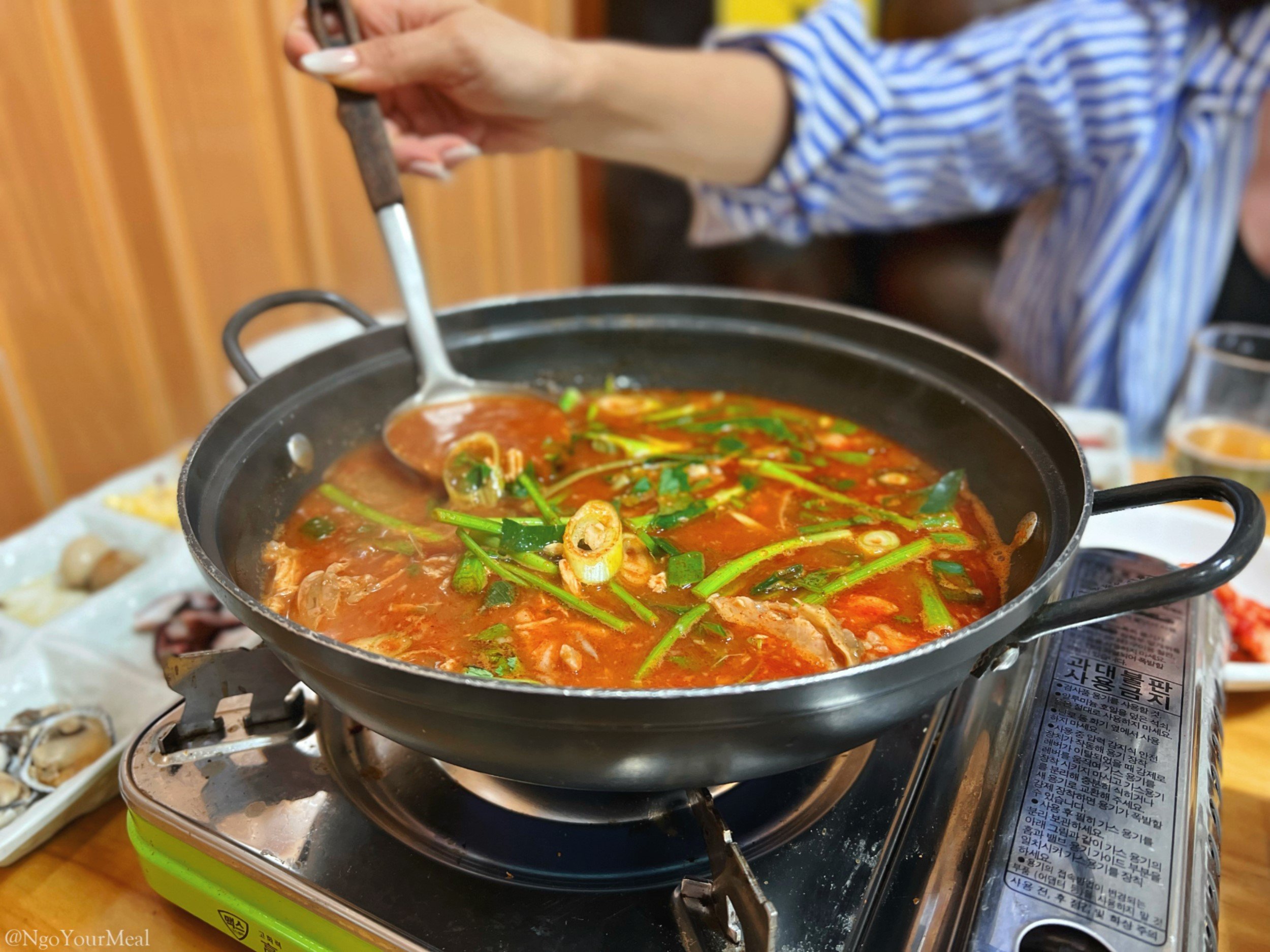
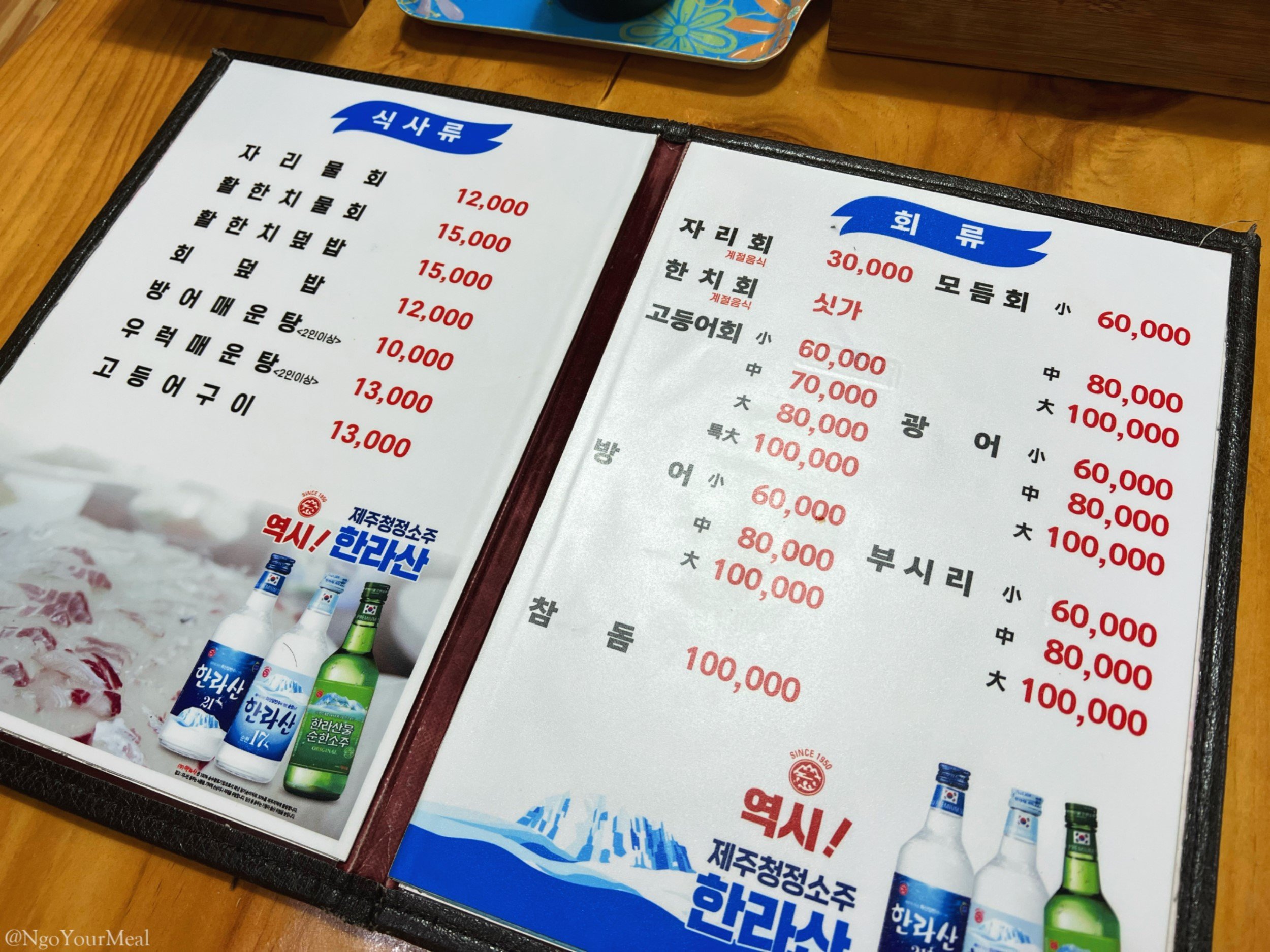
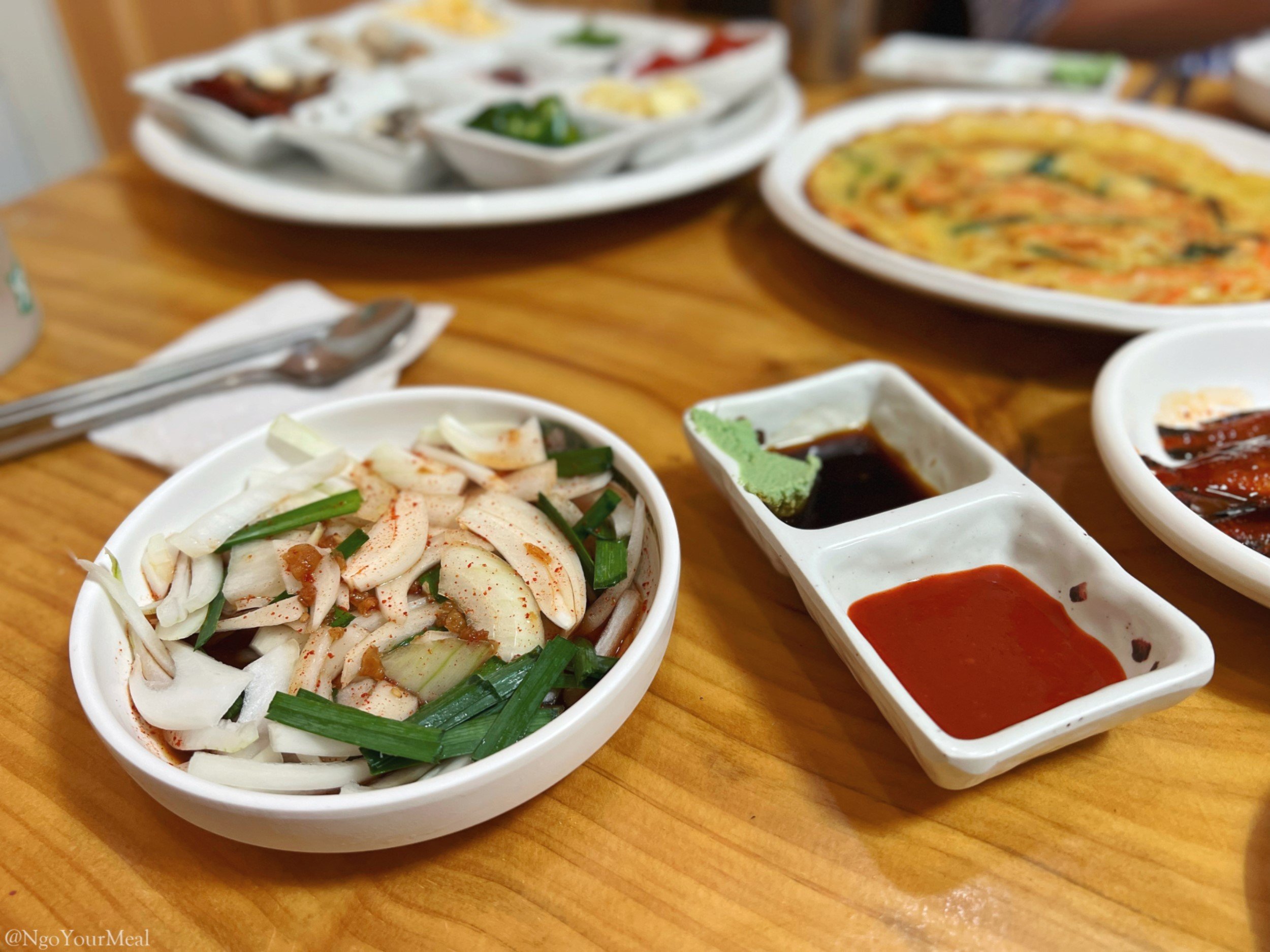
One of the best things to enjoy on the island of Jeju is hwe (회), which refers to a variety of raw fish or meat dishes in Korean cuisine. Thanks to Jeju’s rich coastlines, you can surely expect the seafood to be fresh, reliable, and delicious. On my first visit to Jeju, Annie brought me to Jaridom Hwetjip (자리돔횟집), a popular seafood hwe shop that specializes in Mackerel Hwe (고등어회).
Jaridom Hwetjip is located on the southside of the island in the city of Seogwipo, which is only about 40km away from Jeju City (on the northside). The best and most convenient way to get around Jeju is by car so most visitors rent their own car. In fact, there are a lot of rental companies available near the airport. That being said, Jaridom Hwetjip is very easily accessible especially if you have your own car rental.
Upon entering Jaridom Hwetjip, we were offered either floor seating or chair seating. Annie and I opted for the age-old tradition of sitting on the floor without shoes and eating at a low table. At first, it seemed like the more comfortable option but my lower back was a little fatigued by the end of the meal. Perhaps it was my lack of flexibility or simply the wrong pair of jeans.
As soon as we sat down, Annie ordered a “small” portion of Mackerel Hwe. It came with more than 15 small dishes (banchan) and ssam (Korean vegetable wrap) ingredients, including lettuce leaves, perilla leaves, and chojang (a sauce made with red chili paste and vinegar). We also ordered some soju and beer because that’s what you have to drink when you’re in South Korea.
The Mackerel Hwe was incredible. I think there were at least 35 moderately-sized slices of fresh Mackerel. At first glance, the fish’s skin was beautifully iridescent and also organized very nicely in rows. In terms of flavor, the meat was oily with a rich, fishy flavor. The best way to consume this is to mix-and-match different vegetables and toppings then wrap the whole thing in a lettuce or perilla leaf.
At the end of the meal, don’t forget to order Maeun-tang (매운탕), a spicy fish stew. It’s the perfect ending to the meal. This should be part of the Mackerel Hwe set for 60,000 WON.
Overall, this was one of my favorite meals in Jeju and in South Korea. I really enjoyed the whole experience of sitting on the floor and enjoying the freshest fish with a multitude of flavor combinations. Annie and I had a blast trying different topping combinations to figure out our favorite ones. I hope to visit again one day!
Cuisine: Korean (Hwe)
Average Price per Person: $23 USD / 30,000 WON (Food Only)
Address:
473-2 Donghong-dong, Seogwipo-si, Jeju-do, South Korea
제주특별자치도 서귀포시 동홍동 473-2
Recommended:
Mackerel Hwe (고등어회)
This is the entrance to Jaridom Hwetjip!
The mackerel is presented right at the entrance to demonstrate its freshness. After seeing this, we couldn’t wait to get inside and order.
The banchan, or small side dishes, arrived soon after ordering. They also provided lettuce and perilla leaves to be used as ssam (Korean vegetable wraps) All of this is complimentary and included in the meal!
The small fish at the bottom of the photo is called Jaridom, which is where the restaurant gets its namesake. Historically, this fish has also been considered a valuable source of nutrition for the Jeju population. Jaridom has a profound flavor considering its size. There are a lot of (soft) bones so be careful when you eat it.
These are some additional ssam ingredients and condiments. On the left, we have raw onions and raw chives in a soy sauce, vinegar, gochugaru (red pepper powder), sugar, and water. This is a nice, refreshing topping for the hwe.
The two sauces on the right are soy sauce (with wasabi) and chojang, a sauce made with gochujang (red chili paste) and vinegar.
Finally, here is the Mackerel Hwe (고등어회) in all its glory. The fish was incredibly fresh and well-prepared.
I also appreciated how the meat was just perfectly oily and had a good balance of lean and fatty flavors. The skin was also soft and easy to eat.
You can enjoy each slice on its own but it’s more fun to eat as a ssam or with some of the other condiments.
[60,000 WON]
Annie explained that this is a Jumeok-bap (주먹밥), or Rice Ball, that can be used for the ssam. It’s simply purple rice with some seaweed and sesame seeds on top.
Here is a sample of Annie’s ssam. You start with a lettuce leaf or a perilla leaf as the base then add whichever toppings or condiments you feel like having.
The ssam pictured above is my favorite combination (i.e., perilla leaf, seaweed, mackerel hwe, baek kimchi (white kimchi), raw garlic, cheongyang pepper, and ssamjang). Ssamjang is a spicy, paste that is usually made with doenjang (fermented soy bean paste), gochujang (red chili paste), onion, sesame oil, and garlic.
Finally, all hwe meals must end with Maeun-tang (매운탕), which is a spicy fish stew. Typically, when ordered with hwe, the maeun-tang is made with the leftover parts of the fish.
This hot, spicy stew provides an ideal contrast to the raw fish. Enjoy the maeun-tang with rice and soju on the side!
